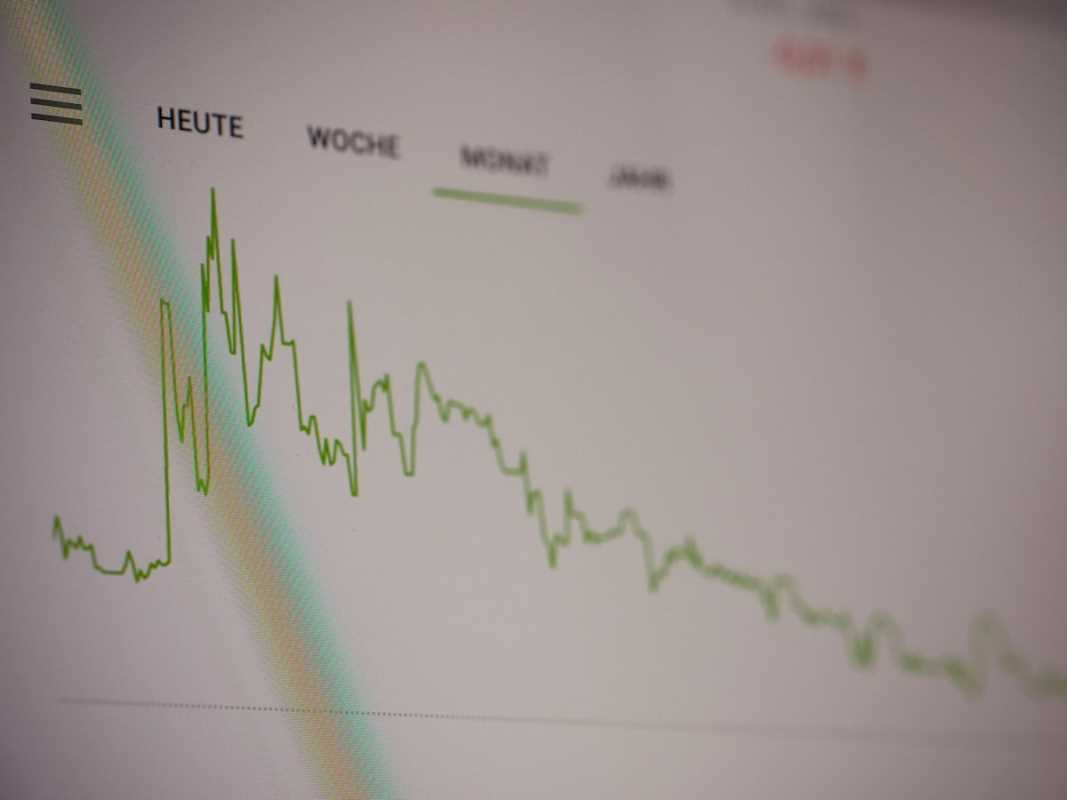The FIRE (Financial Independence, Retire Early) lifestyle has gained significant popularity in recent years, particularly among millennials and younger generations. The concept is simple but profound: by making intentional decisions to save aggressively, live frugally, and invest wisely, you can achieve financial independence at a much younger age than the traditional retirement model allows, giving you the freedom to retire early or pursue passions without the pressure of a 9-to-5 job. For many, this idea of escaping the conventional work-life grind is a tantalizing prospect. However, embracing the FIRE lifestyle comes with both substantial benefits and notable challenges that must be carefully considered before taking the plunge. In this article, we’ll explore both sides of the FIRE lifestyle to help you decide if it’s the right path for you.
The Appeal of Financial Independence and Early Retirement
One of the most compelling aspects of the FIRE lifestyle is the promise of financial independence and early retirement. Many people feel trapped in a cycle of working just to pay bills, with little time or energy left for hobbies, travel, or family. By committing to the FIRE principles, individuals can break free from this cycle and regain control over their time.
Financial independence means having enough savings, investments, or passive income to cover your living expenses without needing to rely on a job. For many, the idea of waking up each day without the obligation of going to work is incredibly liberating. The “retire early” part doesn’t necessarily mean stopping work entirely, but it can mean having the financial cushion to choose how, when, and if you want to work. You might pursue passion projects, travel the world, or spend more time with loved ones - essentially designing your life on your own terms.
The freedom that comes with financial independence can lead to an improved quality of life. Without the constraints of a traditional job, people often report increased happiness, better mental health, and a deeper sense of fulfillment. For some, FIRE becomes a path toward living a more intentional and purposeful life, as they focus on what truly matters to them rather than merely surviving the daily grind.
Aggressive Saving and Smart Investing
One of the foundational pillars of the FIRE lifestyle is aggressive saving. To reach financial independence quickly, you’ll need to save a significant percentage of your income, often 50% or more. This may sound daunting, but many adherents of the FIRE movement argue that once you get into the habit, it becomes second nature.
The key to making this aggressive saving possible is living frugally. This often means cutting back on unnecessary expenses, reevaluating lifestyle choices, and prioritizing needs over wants. For example, you might live in a smaller home, drive an older car, or limit dining out and entertainment expenses. While this may seem like a sacrifice at first, many FIRE practitioners find that simplifying their lives in this way leads to greater satisfaction and contentment.
The second essential component is smart investing. Saving alone won’t get you to financial independence quickly - your money needs to grow. This is where investing in assets like stocks, bonds, index funds, and real estate comes into play. By following the principles of compound interest and reinvesting your gains, you can exponentially increase your wealth over time. Many FIRE enthusiasts focus on low-cost, high-return investment strategies, like investing in low-fee index funds that track the market, which offers a balance of risk and growth potential. This approach allows you to build a portfolio that generates passive income - dividends, rental income, or capital gains - that can sustain your lifestyle even after you retire early.
The Satisfaction of Being Debt-Free
One of the key principles of the FIRE lifestyle is eliminating debt as quickly as possible. High-interest debt, particularly from credit cards, can be a major barrier to financial independence. The more you owe, the harder it becomes to accumulate savings and invest for the future.
Many FIRE followers commit to the "debt snowball" method, where they focus on paying off smaller debts first to build momentum, or the "debt avalanche" method, which targets high-interest debt to reduce the overall cost of borrowing. Once debt is eliminated, the money that would have gone toward monthly payments can be diverted into savings and investments, accelerating the journey to financial independence.
Living without the burden of debt is not only financially rewarding - it can also bring emotional relief. Debt often creates stress and anxiety, and paying it off can provide a sense of freedom. Many people who embrace FIRE feel a sense of pride in having taken control of their financial destiny, which boosts both confidence and mental well-being.
The Challenges of the FIRE Lifestyle
While the FIRE lifestyle offers a tantalizing promise of freedom and financial security, it also comes with significant challenges that shouldn’t be overlooked. Achieving financial independence and retiring early requires sacrifice, discipline, and a clear plan, and the road to FIRE isn’t always smooth.
The first major challenge is the need to maintain an extreme level of discipline in terms of saving and investing. To achieve FIRE in a reasonable time frame (often within 10 to 15 years), you’ll need to drastically reduce your spending, and this can be difficult, especially in a culture that values consumption and material wealth. Sticking to a budget, avoiding impulse purchases, and continuously evaluating your spending habits can feel overwhelming, especially when friends and family are indulging in things you may have to cut back on.
Furthermore, many FIRE advocates recommend making significant lifestyle sacrifices, like living in a small home or cutting back on vacations and social activities. While this can make the financial goals easier to reach, it may come at the cost of personal fulfillment in the short term. For some people, living frugally for many years can feel isolating or burdensome, and it’s easy to question whether the sacrifices are worth the eventual payoff.
Another challenge lies in the uncertainty of investments. While stock market investments and real estate can provide solid returns, they also carry risk. Economic downturns, changes in tax laws, or unexpected life events (like health issues or family emergencies) can derail even the most carefully laid financial plans. Some FIRE followers emphasize the importance of having a safety net, like emergency savings or insurance, to protect themselves in case of unforeseen circumstances. Without such precautions, the path to financial independence could be more precarious than anticipated.
Health and Social Considerations
Another challenge with FIRE is the potential impact on social connections and health. Traditional work often provides a sense of structure, social interaction, and mental stimulation. Retiring early can sometimes lead to feelings of loneliness or isolation, particularly if your social circle is still very much tied to the workforce. The transition from a busy work life to the freedom of early retirement can feel jarring for some people, and it may take time to find new activities or interests that provide a sense of purpose.
Additionally, health care can be a significant concern for early retirees. In most countries, including Australia and the United States, health insurance and care are tied to employment, which means that retiring early may leave you without coverage until you reach a certain age. FIRE followers need to plan carefully to ensure they have access to healthcare options, either through private insurance or other means, as they transition into early retirement.
The Impact of Market Volatility
Finally, market volatility is another key challenge of the FIRE lifestyle. If you’re relying on investments for income, market downturns can cause significant losses, delaying your FIRE goals or forcing you to dip into savings unexpectedly. A sudden drop in the stock market, changes in interest rates, or even unexpected personal financial burdens could disrupt years of careful planning. This uncertainty can cause stress and make it harder to stick to a fixed timeline for early retirement.
- The FIRE lifestyle offers the ultimate goal of financial independence, providing freedom from the traditional work-life grind.
- Aggressive saving, frugal living, and smart investing are core components of the FIRE journey, and can lead to substantial financial rewards.
- Paying off debt and living without financial burdens gives many followers of the FIRE movement a deep sense of relief and accomplishment.
- However, embracing FIRE requires significant lifestyle sacrifices, and sticking to an ultra-frugal budget may lead to feelings of isolation or dissatisfaction.
- The challenges of investment risks, market volatility, and health care issues must be carefully considered when pursuing financial independence and early retirement.
Embracing the FIRE lifestyle is an exciting prospect, offering the chance to retire early and live life on your own terms. However, it requires a commitment to extreme financial discipline, smart investing, and overcoming a variety of challenges along the way. For those who are willing to make the sacrifices and navigate the potential risks, FIRE can be a path to greater freedom and personal fulfillment. It’s a decision that should be approached thoughtfully, with an understanding of both the benefits and the hurdles that come with this ambitious financial journey.
 (Image via
(Image via


.jpg)


